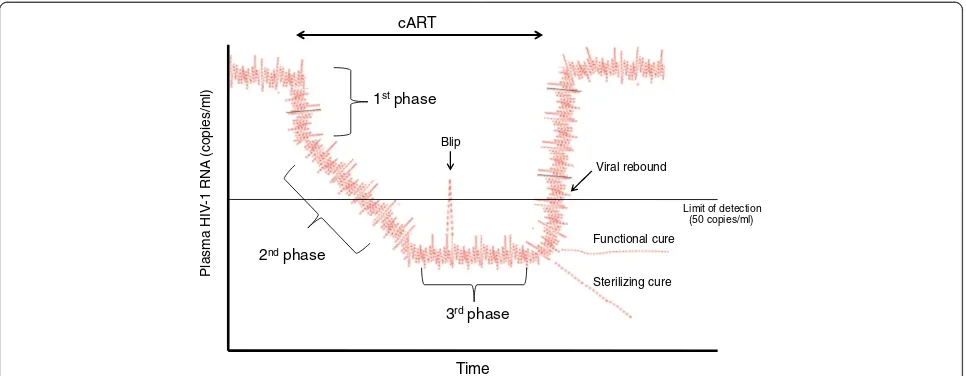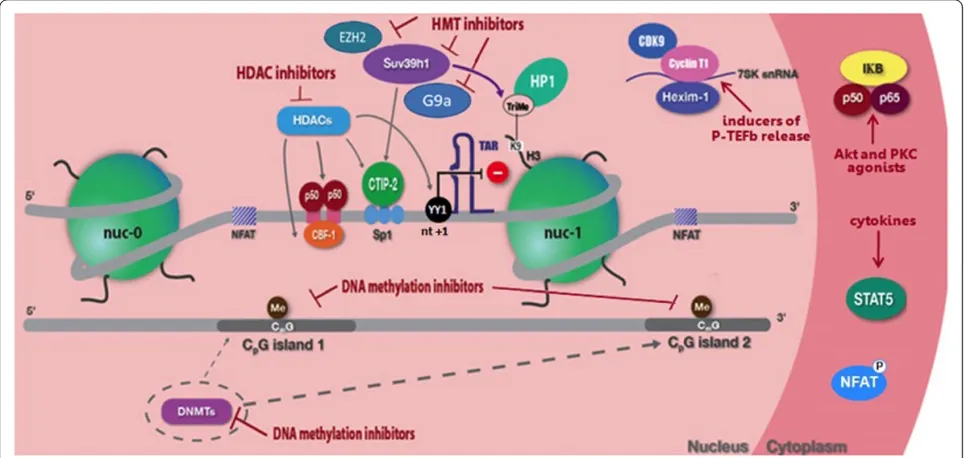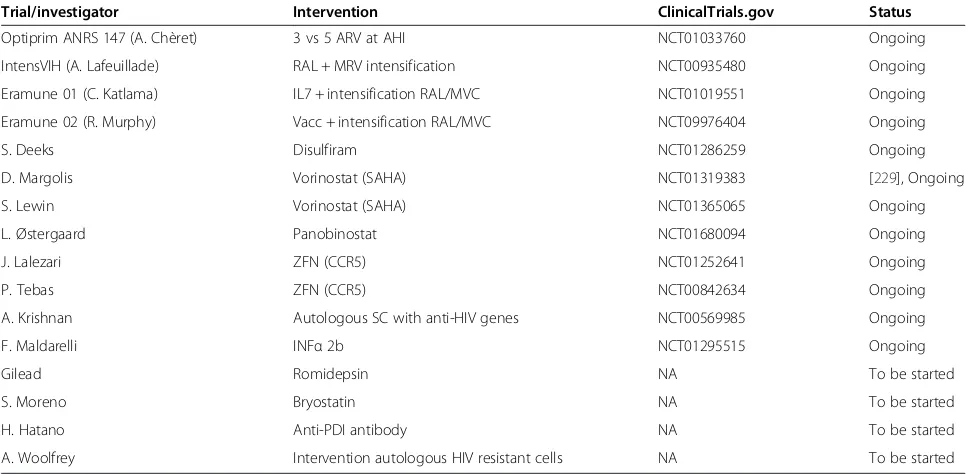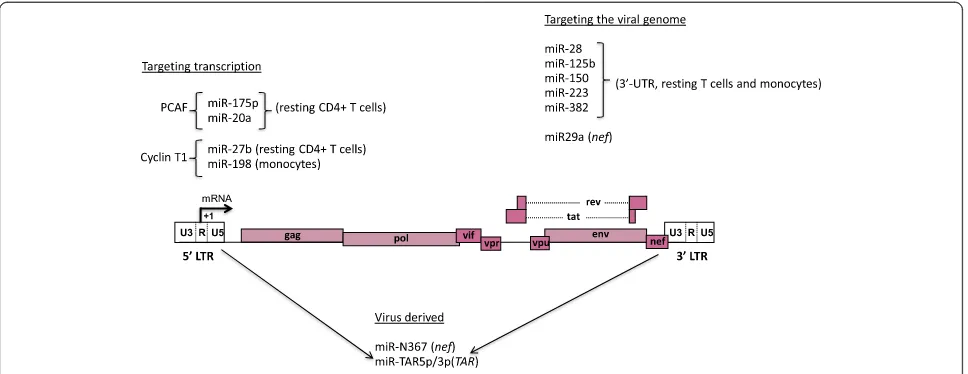HIV 1 transcription and latency: an update
Full text
Figure




Related documents
Zespół Aspergera - jedno z pięciu ogólnych zaburzeń rozwoju charakteryzujące się poważnymi trudnościami w kontaktach społecznych i ograniczonym, stereotypowym,
This was a lower result than in most ports in Poland (average 87.3%). This number, thanks to the stays in the spa, spreads out throughout the year, with the highest volume of
Conclusion. ECHO has a positive impact on patient management outside tertiary settings, where the definition of impact appears to be different. The value of a normal study,
Therefore, in this study we examined comorbidity of traumatic life experiences and alcohol use disorder in inmates of correctional institution in Jimma, Southwest Ethiopia.. Results:
The purpose of this study was to explore the relationship of neural adaptations, as reflected by neural cell adhesion molecule (NCAM) expression, to improvements in (1) whole
EST sequences are assembled into clusters and divided into sub-cluster representing different putative splice variants. One hundred clusters with evidence of tissue, in form of
Methods: A systematic search of peer reviewed literature was undertaken across PUBMED, OVID Medline and Web of science up till June 2018. Studies that were suitable for
In this study we investigated long-term trends in the newly qualified GPs concerning the following issues: (a) GP preference for working in a single-handed or group prac-